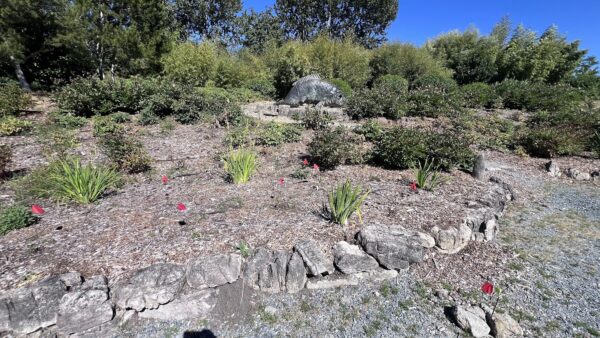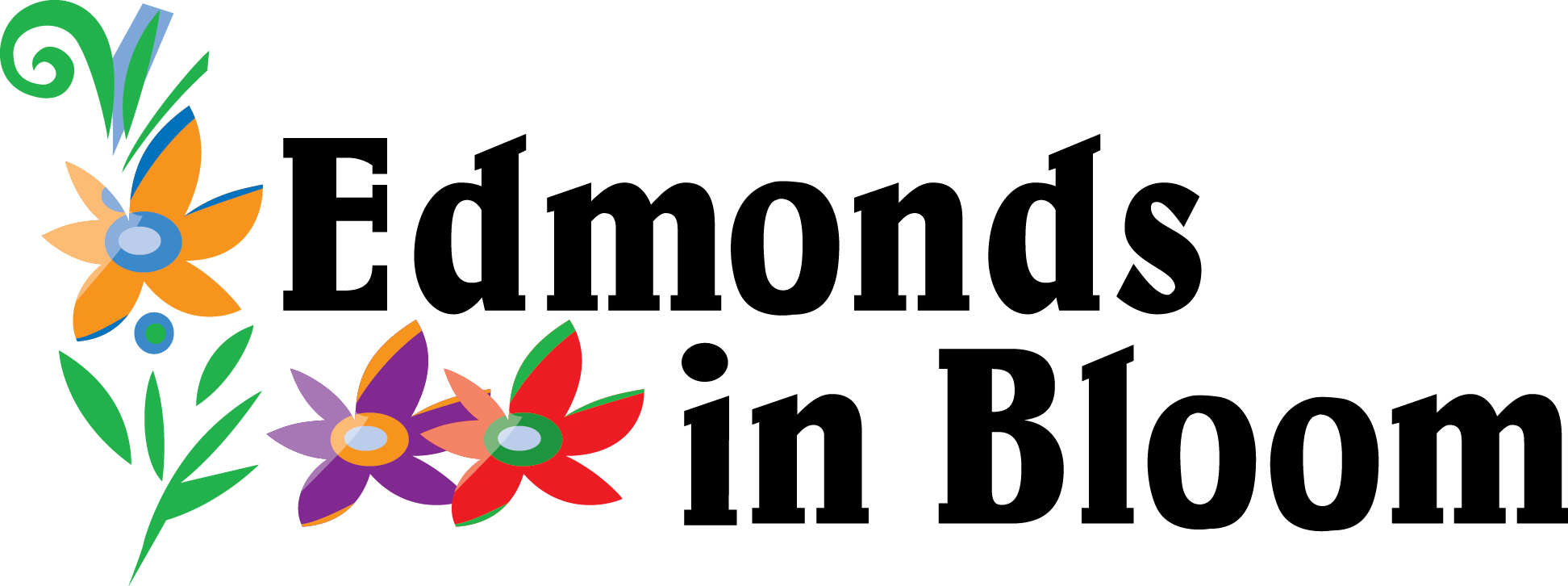Seattle Chinese Garden
Discovering the Seattle Chinese Garden
In the vibrant Delridge neighborhood of West Seattle, the Seattle Chinese Gard is a serene haven that offers a unique blend of natural beauty, cultural heritage, and artistic expression. This expansive garden, one of the largest of its kind outside China, is a testament to the rich traditions of Chinese garden design and provides a tranquil retreat for visitors. In this blog, we'll explore the history, design, features, and cultural significance of the Seattle Chinese Garden.

A Brief History
Origins and Vision
The idea for the Seattle Chinese Garden originated in the late 1980s when a group of community leaders and visionaries sought to create a garden that would celebrate Chinese culture and foster cultural exchange. The garden was envisioned as a living museum that would showcase traditional Chinese garden design, horticulture, and architecture.

Collaboration with Chongqing
The project gained significant momentum through a sister city relationship between Seattle and Chongqing, China. This partnership provided the foundation for a collaborative effort that would bring together architects, artisans, and horticulturists from both cities. The goal was to create an authentic Chinese garden that would reflect the principles of classical Chinese garden design while incorporating elements unique to the Pacific Northwest.

Site Selection and Development
After an extensive search, a 4.6-acre site adjacent to the South Seattle College campus was selected for the garden. This location offered the perfect combination of natural beauty, accessibility, and a supportive community environment. Groundbreaking for the garden took place in 1999, and the first phase of development began shortly thereafter.

Design and Architecture
Principles of Chinese Garden Design
The design of the Seattle Chinese Garden is rooted in the classical principles of Chinese garden design, which emphasize harmony, balance, and the integration of natural and man-made elements. These gardens are designed to create a microcosm of the natural world, with carefully arranged landscapes that evoke mountains, rivers, and forests.

Key Elements
- Water Features: Central to the garden's design are its water features, including ponds, streams, and waterfalls. These elements not only enhance the garden's aesthetic appeal but also symbolize the flow of life and the importance of water in Chinese philosophy.
- Rocks and Stones: Rocks and stones are essential components of Chinese gardens, representing the rugged beauty of mountains and adding texture and contrast to the landscape. The garden features a variety of rocks, including taihu stones, which are prized for their unique shapes and natural beauty.
- Pavilions and Bridges: Traditional Chinese architecture is showcased through the garden's pavilions, bridges, and walkways. These structures provide shelter, frame views, and create focal points within the garden. Each pavilion is designed with meticulous attention to detail, incorporating traditional Chinese architectural elements such as curved roofs, intricate woodwork, and stone carvings.
- Plants and Trees: The garden's plantings reflect both the diversity of Chinese horticulture and the unique climate of the Pacific Northwest. Visitors can find a wide range of plants, including bamboo, pine, plum, and various flowering shrubs. The garden's plantings are carefully chosen to provide year-round interest, with seasonal highlights that include spring blossoms, summer foliage, autumn colors, and winter textures.

The Four Gentlemen
An important aspect of the garden's design is the inclusion of the "Four Gentlemen" of Chinese painting and garden design: bamboo, orchid, plum blossom, and chrysanthemum. These plants are revered in Chinese culture for their beauty, resilience, and symbolic meanings. In the garden, they are strategically placed to evoke traditional Chinese artistic compositions.

Features and Highlights
Knowing the Spring Courtyard
One of the garden's most iconic features is the Knowing the Spring Courtyard, a walled garden that serves as the entry point and main gathering area. The courtyard is designed to evoke a sense of tranquility and reflection, with its serene pond, elegant rock formations, and carefully arranged plantings. Visitors can relax in the courtyard, enjoy the peaceful atmosphere, and take in the beauty of the surrounding landscape.

Song Mei Pavilion
The Song Mei Pavilion, named after the Song dynasty poet and painter Mi Fu, is another highlight of the garden. This pavilion offers a stunning view of the garden's central pond and serves as a focal point for cultural events and performances. The pavilion's design is inspired by traditional Chinese architecture, with its curved roof, intricate woodwork, and stone carvings.

Dragon Seeker
Dragon Seeker is a striking rock formation that serves as a symbolic representation of the dragon, an important figure in Chinese mythology. The rock's unique shape and placement create a sense of movement and energy, drawing visitors' attention and adding a dynamic element to the garden.


Pine and Plum Pavilion
The Pine and Plum Pavilion is a smaller, more intimate structure that provides a quiet spot for contemplation and relaxation. The pavilion is surrounded by pine and plum trees, which are celebrated in Chinese culture for their beauty and resilience. The combination of these trees and the pavilion creates a harmonious and tranquil setting.

The Water Pavilion of Reflection
The Water Pavilion of Reflection is a beautiful structure that overlooks the garden's central pond. This pavilion is designed to provide a space for meditation and contemplation, with its serene views of the water and the surrounding landscape. The pavilion's design incorporates traditional Chinese architectural elements, creating a seamless blend of nature and artistry.

Seasonal Highlights
The garden offers a changing palette of colors and textures throughout the year. In spring, visitors can enjoy the vibrant blossoms of cherry, plum, and magnolia trees. Summer brings lush greenery and the soothing sound of water features, while autumn showcases brilliant foliage and the warm hues of chrysanthemums. Winter highlights the garden's evergreen plants and the intricate structure of its rock formations.

Cultural Significance and Community Engagement
A Place for Cultural Exchange
The Seattle Chinese Garden serves as a cultural bridge between China and the Pacific Northwest, offering a space for cultural exchange, education, and celebration. The garden hosts a variety of cultural events and programs, including traditional Chinese festivals, music and dance performances, art exhibitions, and educational workshops. These events provide opportunities for visitors to learn about Chinese culture, connect with the local Chinese community, and experience the beauty and richness of Chinese traditions.

Educational Programs
The garden offers a range of educational programs designed to engage visitors of all ages. These programs include guided tours, horticultural workshops, and cultural demonstrations. The garden also collaborates with local schools and community organizations to provide educational opportunities for students and community members, fostering a deeper understanding and appreciation of Chinese culture and horticulture.

Volunteer and Community Involvement
The success of the Seattle Chinese Garden is largely due to the dedication and hard work of its volunteers and supporters. Community members are actively involved in the garden's maintenance, programming, and development, contributing their time, skills, and resources to ensure the garden's continued growth and vitality. Volunteer opportunities include gardening, event support, educational programming, and more.

Partnerships and Collaborations
The garden's development and ongoing success are supported by a network of partnerships and collaborations with local, national, and international organizations. These partnerships include collaborations with Chinese cultural organizations, botanical gardens, educational institutions, and community groups. Through these partnerships, the garden is able to offer a diverse range of programs and resources that enhance its mission and impact.
The Seattle Chinese Garden is a true gem in the city's landscape, offering a peaceful retreat, a cultural treasure, and a living testament to the beauty and artistry of traditional Chinese garden design. Whether you are a gardening enthusiast, a lover of Chinese culture, or simply looking for a tranquil place to relax and unwind, the Seattle Chinese Garden has something to offer. Its rich history, thoughtful design, and vibrant community engagement make it a must-visit destination for anyone seeking to explore the intersection of nature, culture, and community in the heart of Seattle.
